Content updated to reflect IRS Revenue Ruling 2020-27 and Revenue Procedure 2020-51. (11.20.2020)
This year has included a whirlwind of changes in many areas, especially those related to the impact of COVID-19 on businesses of all sizes. Luckily, there are significant tax planning strategies to consider when managing financial losses, determining taxable income, and deducting PPP loan expenses.
Deducting PPP Loan Expenses
In our most recent PPP loan forgiveness update, we mentioned the potential tax benefits of waiting to apply for forgiveness until after January 1, 2021. We have now received guidance from the IRS regarding the allowance of deductions for forgiven PPP expenses.
Previously, the accounting community had suggested that borrowers whose loan payments won’t begin until 2021 and who have not yet applied for PPP loan forgiveness should be allowed to legally deduct qualifying PPP loan expenses incurred in tax year 2020. The general suggestion to clients was to hold off on applying for forgiveness until after the first of the year in order to deduct expenses and avoid potential issues if the SBA did not forgiven PPP loans.
However, the IRS has since released Revenue Ruling 2020-27 and Revenue Procedure 2020-51. These notices affirm the IRS’s position that deducting expenses paid for with PPP loan funds will be considered “double-dipping” if the tax payer “reasonably expects to receive forgiveness of the covered [PPP] loan.” These notices maintain the earlier opinion of the IRS that the forgiven PPP loan itself should be considered a tax-free grant from the government thus preventing expenses paid for with PPP loan funds from being deducted.
There has been continued pushback by a group of Senators and Congressmen who have proposed Senate Bill 3612 to allow for deductions of expenses paid for through PPP funds regardless of the status of the loan’s forgiveness. In fact, the proposed legislation continues to garner support from representatives on both sides of the political aisle. The Bill currently has 35 cosponsors, leaving us hopeful for the future. We, therefore, continue to suggest taxpayers hold off on applying for forgiveness until Jan. 1, 2021 if possible as we wait for the outcome of the legislation.
Managing Net Operating Losses
The Coronavirus Aid, Relief, and Economic Security (CARES) Act temporarily allows taxpayers to deduct net operating losses (NOLs) for a timely refund for tax years 2018, 2019, and 2020. The changes undo limitations placed on the NOL deduction by the Tax Cuts and Jobs Act (TCJA) of 2017.
Under Sec. 2303(b) of the CARES Act, taxpayers can opt to carry back NOLs from applicable tax years. The CARES Act allows for a carryback period of five years, including for farming and nonlife insurance losses. For example, if a business experiences an NOL in the 2018 tax year, they would be able to carry it back to the 2013 tax year, assuming there was taxable income for that year.
Sec. 6411 of the CARES Act states that taxpayers can file an application for a tentative carryback adjustment of tax liability by filing Form 1139 for corporate taxpayers and Form 1045 for noncorporate taxpayers. The taxpayer has 12 months from the end of the NOL tax year to file the application, and the IRS will respond with the appropriate credit or refund within 90 days.
The CARES Act also temporarily suspended the TCJA’s limitation on the allowance of an NOL carryforward in order to fully offset taxable income in tax years 2018, 2019, and 2020. In simple terms, taxpayers once again have the option to fully offset taxable income by waiving a carryback and opting to carry an NOL forward into the upcoming tax year.
The option to fully offset taxable income will only be available for tax years before January 1, 2021, after which the TCJA rule limiting taxable income applied to all NOLs to 80% will once again take effect.
Business Interest Limitations
The TCJA also placed limits on business interest by reducing the deduction for business interest expense to 30% of the adjusted taxable income (ATI) for the business. To help offset the economic impact of COVID-19, the CARES Act raised the limitation to 50% of ATI for tax years 2019 and 2020. This change will potentially increase interest expense deductions and reduce taxable income, leaving the possibility open for businesses to create an NOL carryback, as well.
To help eliminate the need for filing an amended return, taxpayers can elect to use their calculated 2019 ATI when establishing the 2020 limit, a move that’s particularly advantageous for those whose income was reduced during the 2020 pandemic.
The rules for partnerships are slightly different, essentially allowing partnerships to avoid filing an administrative adjustment request for previously filed 2019 tax returns. Instead, partnerships are able to treat half of their excess business interest allocated to one partner as business interest of the partner in 2020. The other half of the excess business interest is treated normally.
Further Guidance
It’s important to speak to your tax adviser regarding the above tax strategies to make sure they fit your needs and can be used to secure the best advantages, especially when it comes to NOL carrybacks and carryforwards. You’ll want to make sure you’re aware of all filing requirements such as filing amended returns and limitations on NOL dollar amounts.
We’re always here to answer any questions you may have regarding tax planning in the time of COVID-19 and any other matters.

